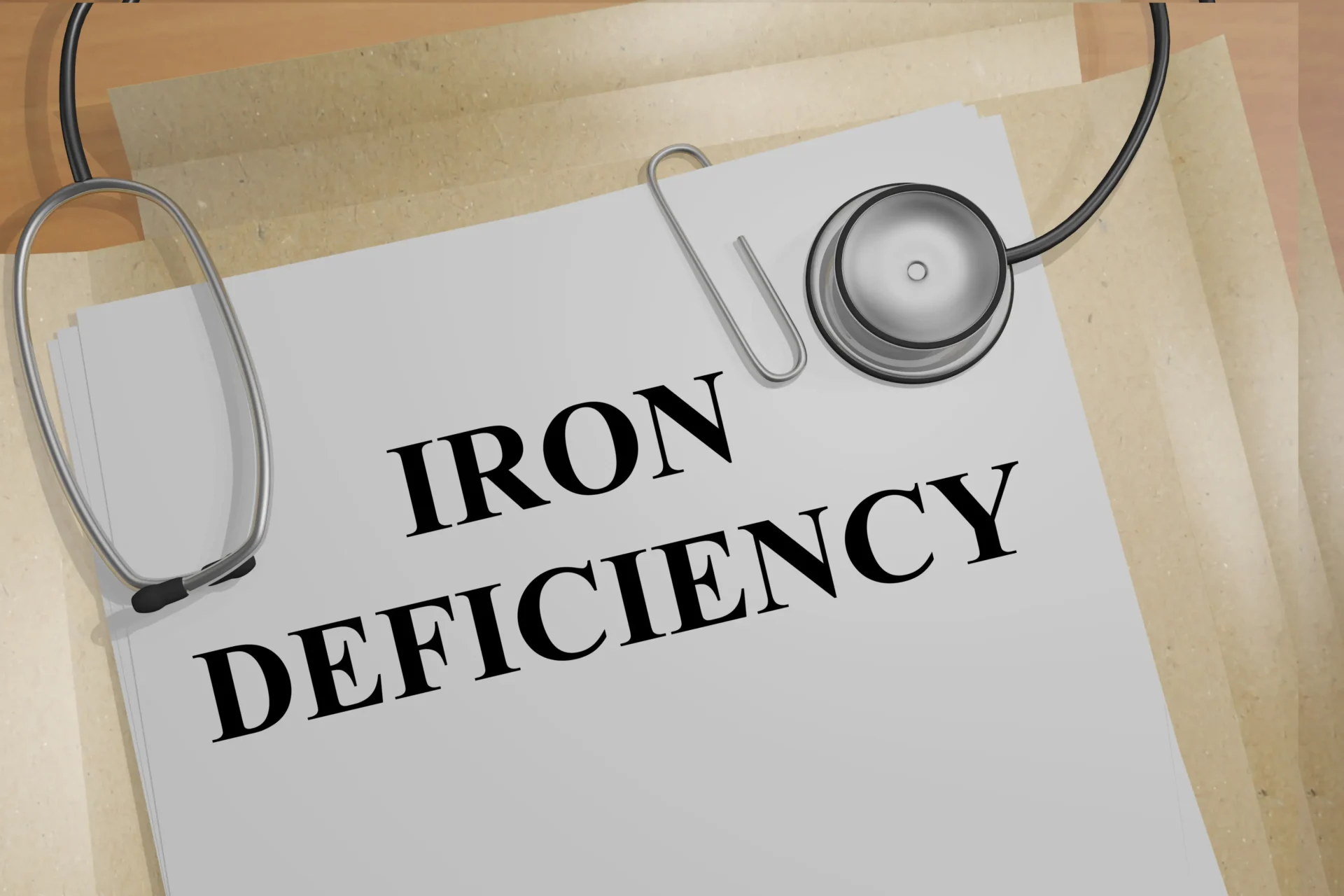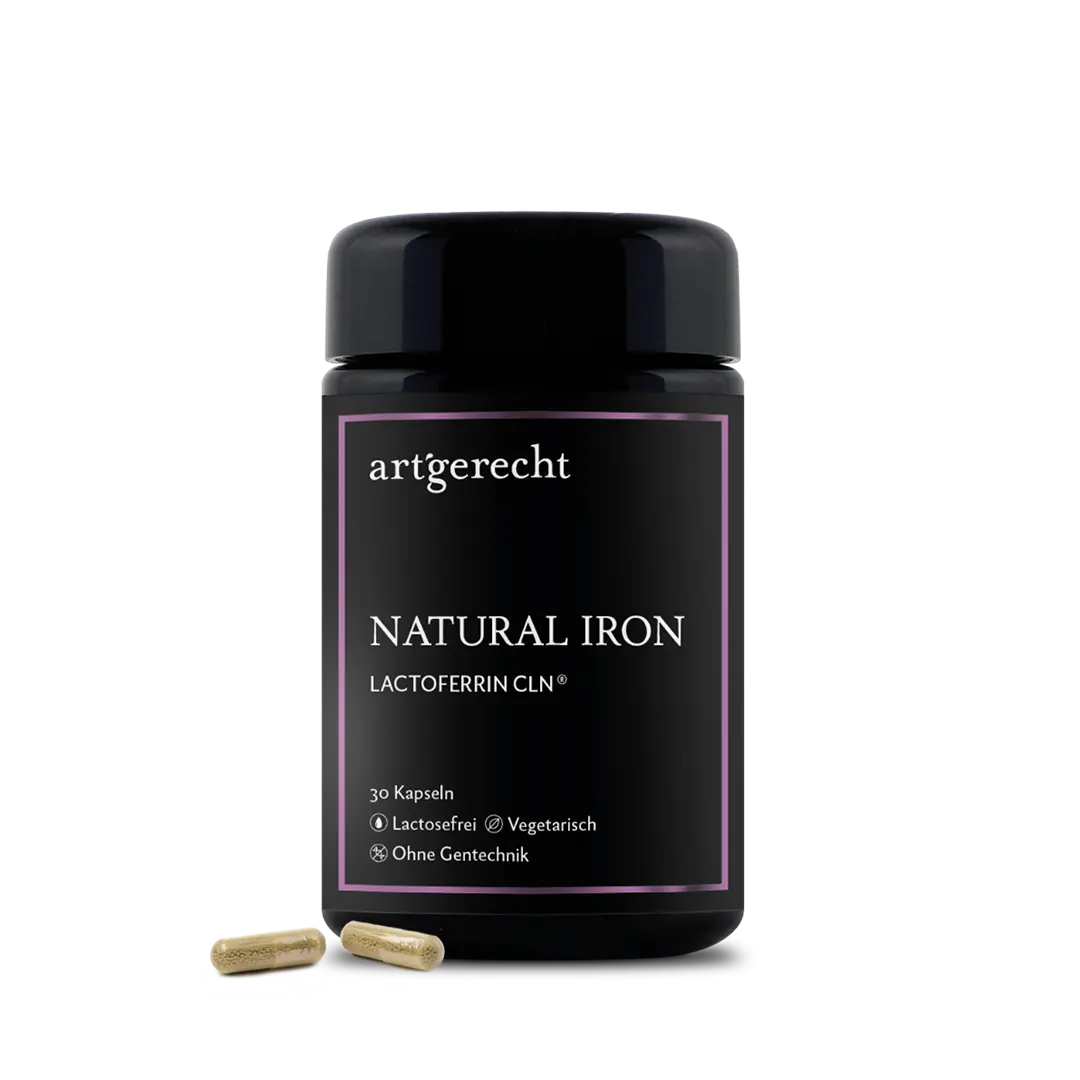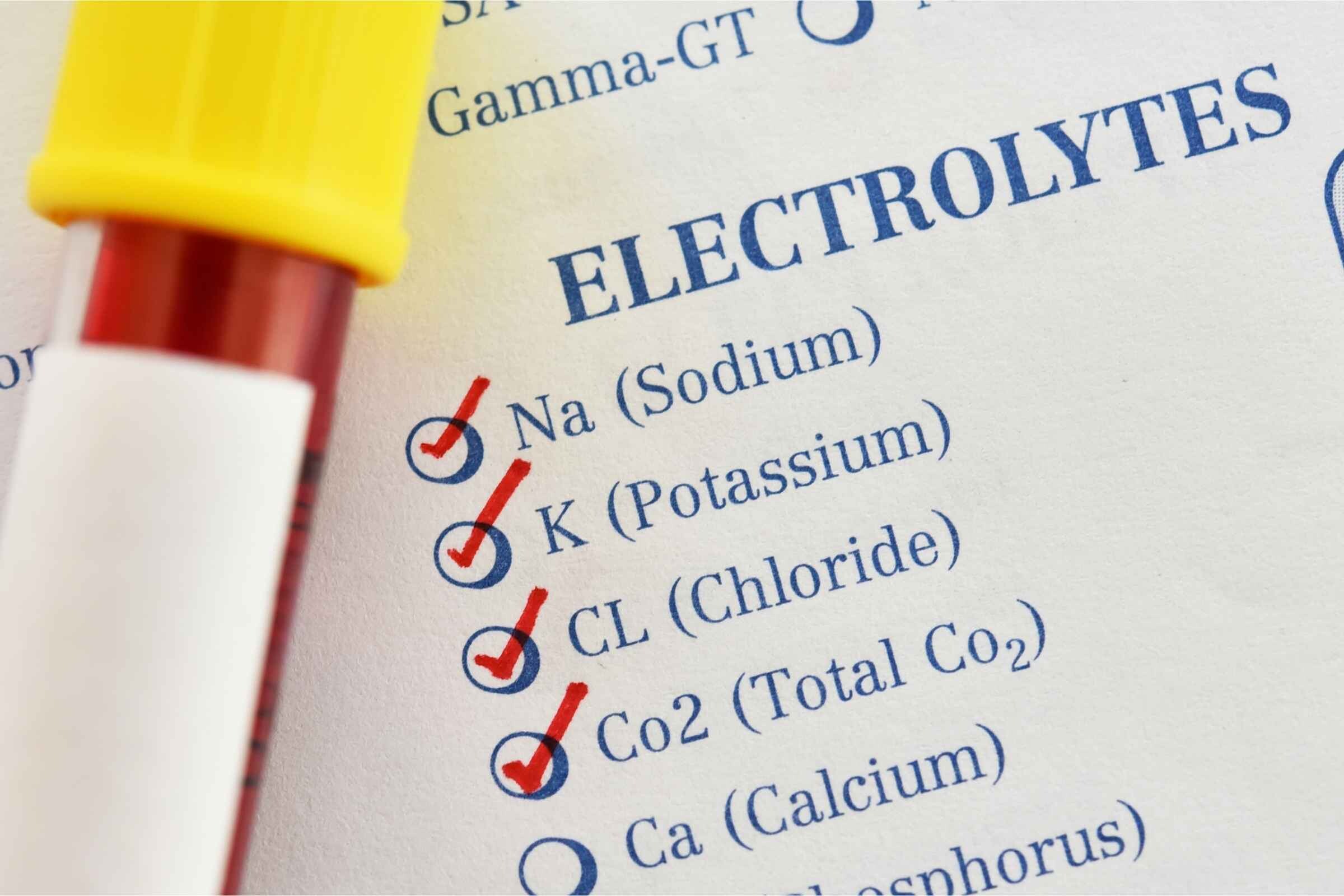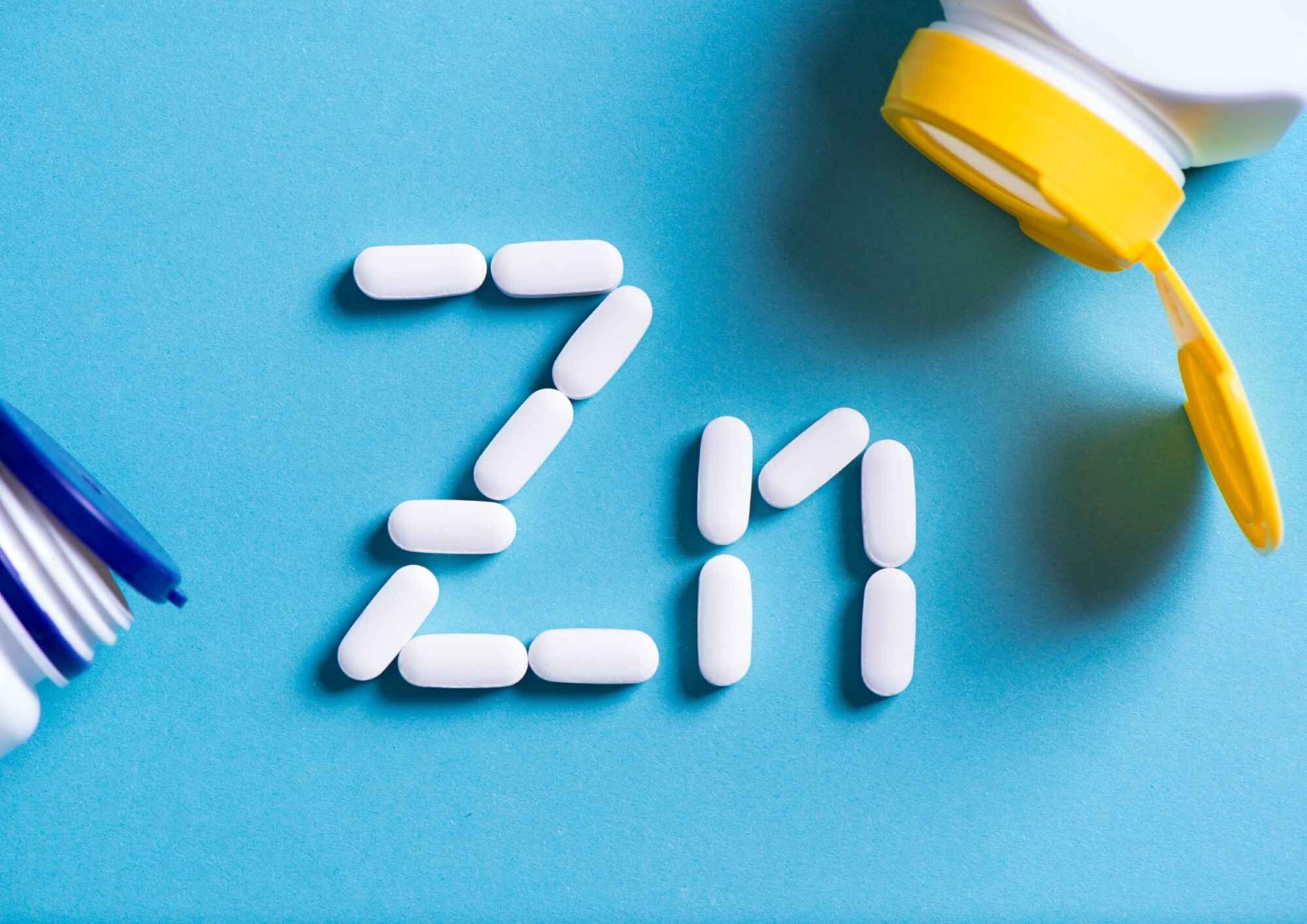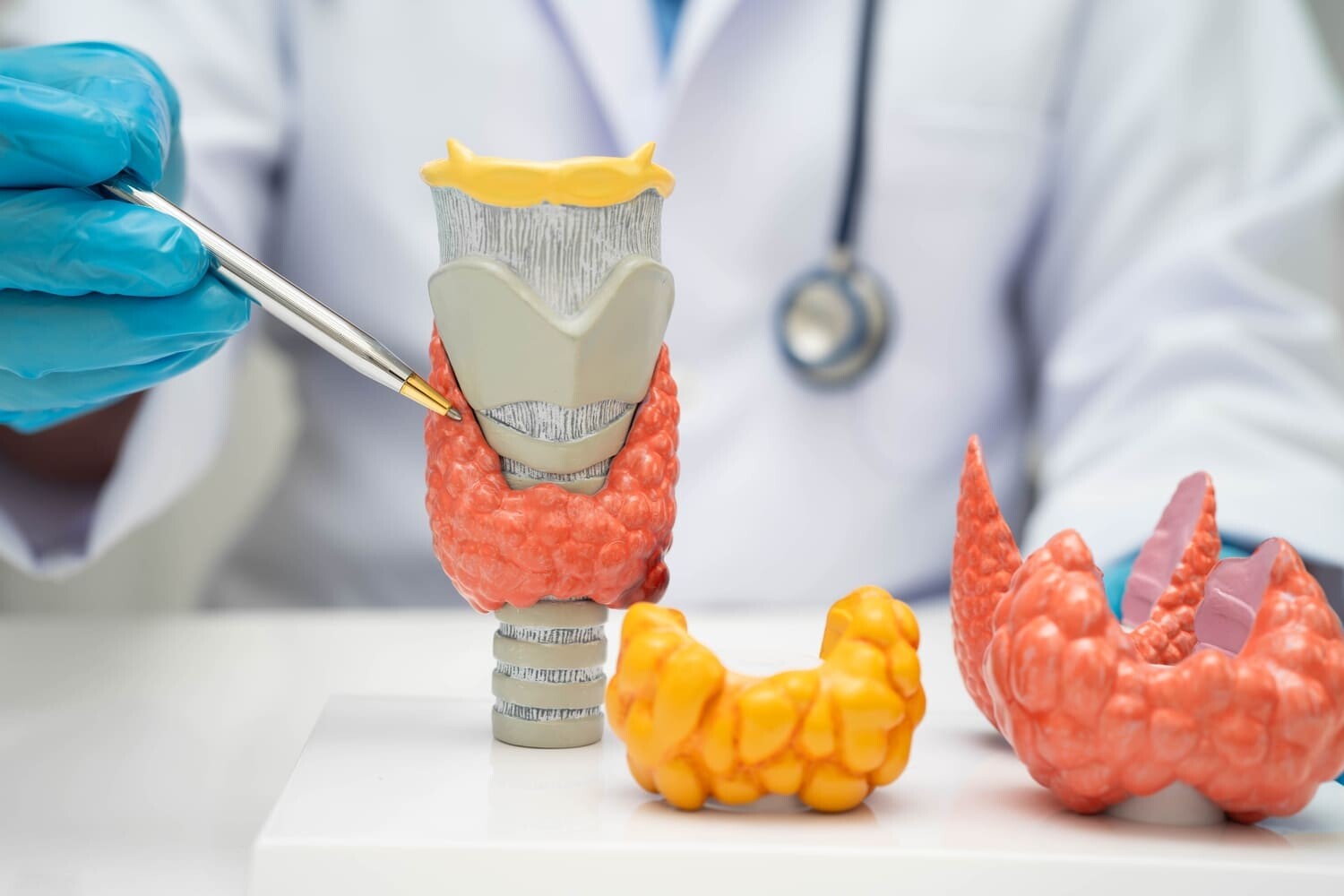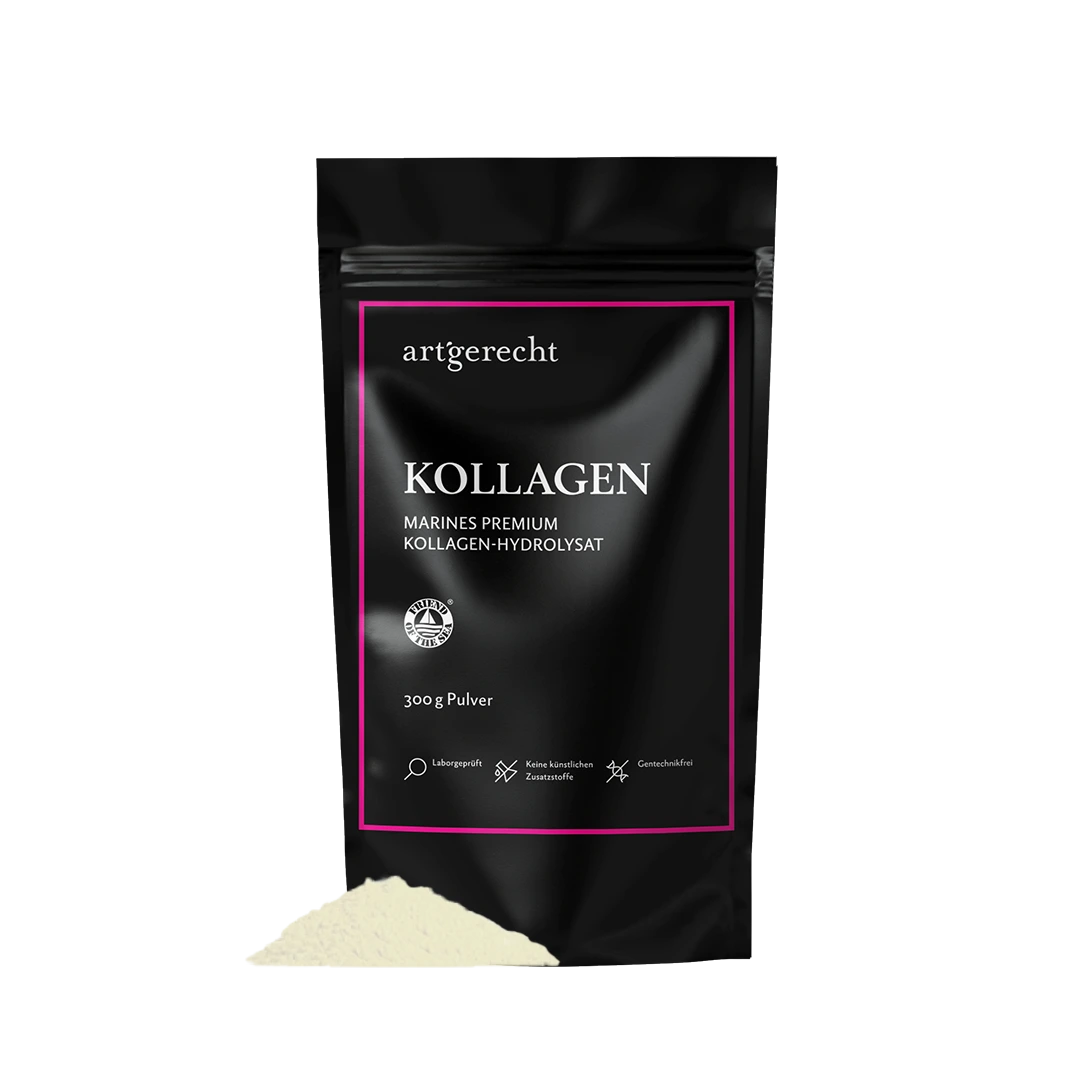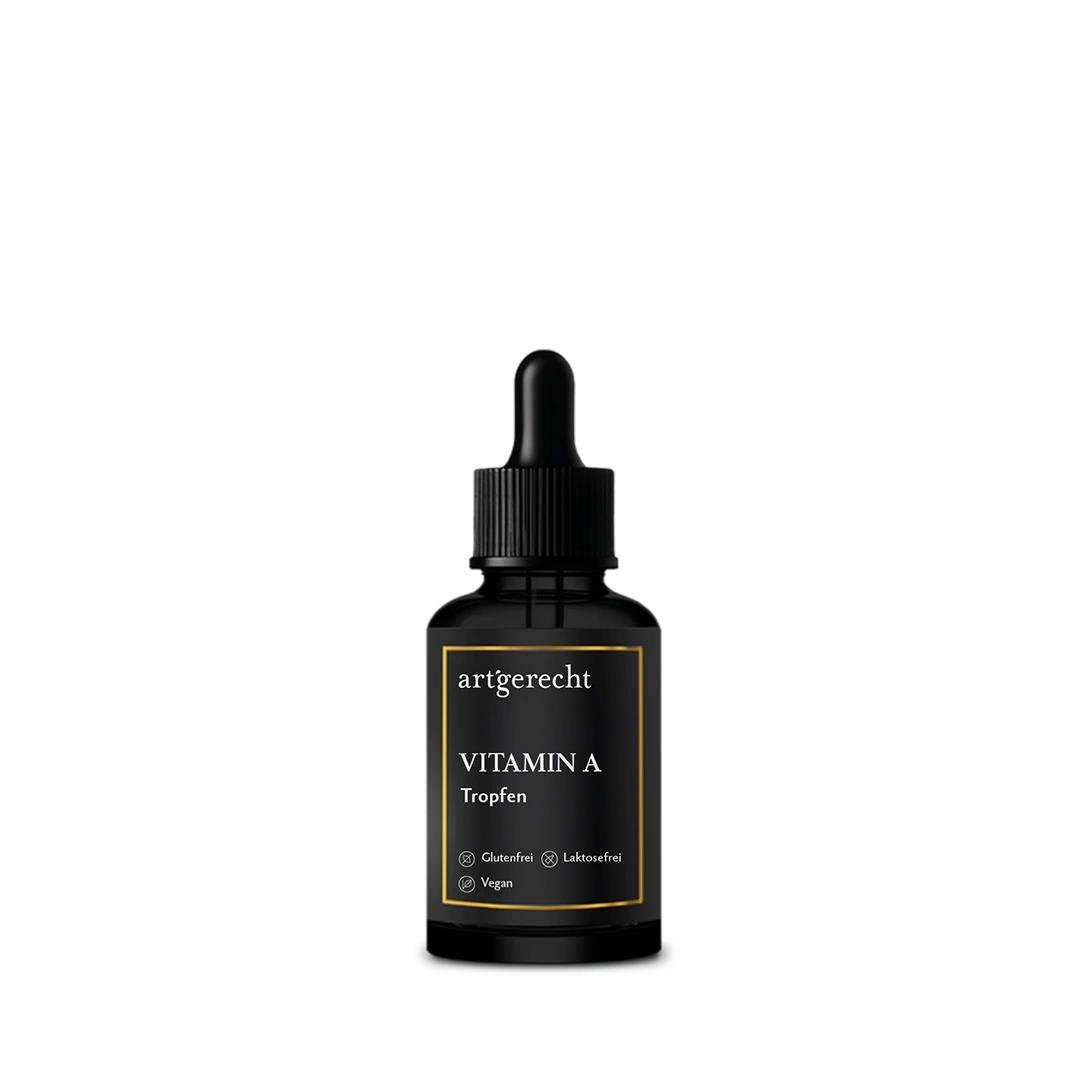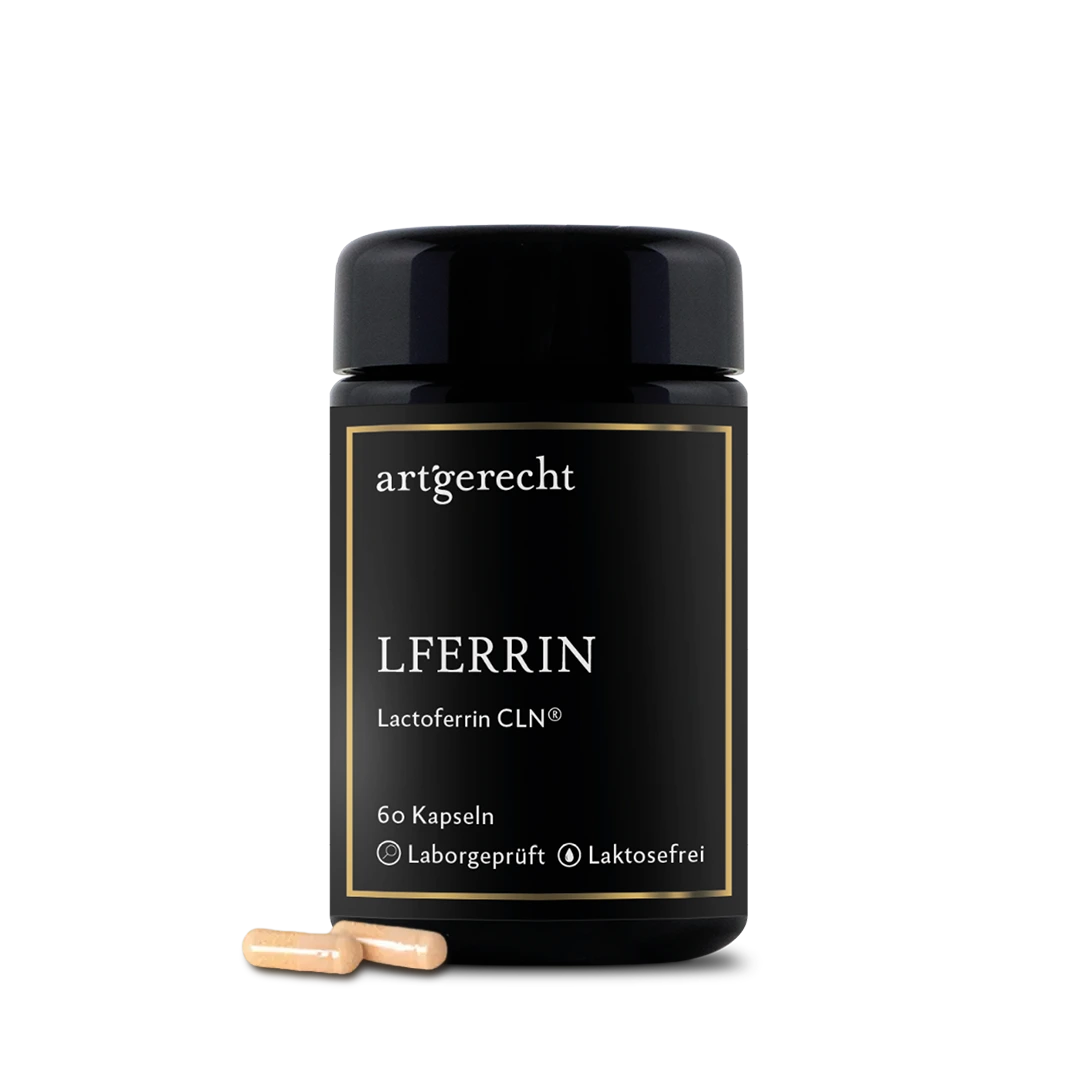Lactoferrin is able to bind iron and regulate the iron balance in the body. Thanks to this ability, lactoferrin can reduce inflammation and support the immune system by depriving microorganisms of the basis for their growth [1].
As a glycoprotein of iron metabolism, lactoferrin can help combat disorders in iron homeostasis such as iron deficiency anemia and participate in the downregulation of inflammatory processes [2].
In 2017, Rosa et al. published an interesting review article [1] on the modes of action within the iron homeostasis.
Iron is an essential element for cell growth and proliferation and essential for processes of DNA replication and energy production. However, it can also be toxic if it is present in excess, as it can donate electrons to oxygen, which leads to the formation of reactive oxygen species (ROS) . These can then cause tissue damage and organ damage by damaging a number of cellular components, including DNA, proteins and membrane lipids [1].
Under normal circumstances, there are no significant concentrations of free iron, as iron is practically always present in complexed form and/or in protein-bound form [3]. In contrast to other minerals, the delicate balance between iron absorption and toxicity is maintained by systemic control mechanisms that promote the maintenance of sufficient iron while limiting excessive intake. Ultimately, these properties of iron and its homeostasis are closely linked to the response to inflammation and infection, which are unique to human physiology [4].
This balance between the iron present in the blood and that present in the tissues is known as iron homostasis. This is strictly controlled by various mechanisms to prevent iron deficiency and iron excess [1].
Ferroportin, a transmembrane protein that transports divalent iron ions (Fe2+) from the cell interior into the extracellular space, plays an important role here [1,4].
In the event of an inflammatory reaction or infection, ferroportin is downregulated by the pro-inflammatory cytokine interleukin-6 (IL-6) and by binding to hepcidin, a protein from the liver. This leads to a considerable reduction in iron export from the cells.
As a result, iron overload occurs at the cellular level, while iron deficiency, iron deficiency anaemia and inflammatory anaemia can occur at the systemic level [1].
The usual intervention for iron deficiency consists of iron supplementation, primarily with the oral administration of ferrous sulphate. It has been shown that conventional high-dose supplementation on consecutive days increases hepcidin levels and reduces the bioavailability of iron, especially when administered several times a day. Multiple undesirable side effects can also occur during therapy, such as nausea, abdominal pain, diarrhea, constipation and black stools [5]. Taking iron supplements can also have an impact on the intestinal microbiome [6].
The major difficulty in treating inflammatory bowel disease, the most severe form of iron stasis disorder, lies in the high IL-6 levels associated with it. It was long assumed that the reduction of iron availability in the blood was a defense mechanism against extracellular pathogens. However, Rosa et al recommend reconsidering classic iron therapy, as there are bacteria that can penetrate the cell and cause inflammation. These could benefit from the iron overload in the cell and cause an even stronger reaction [1].
Lactoferrin has a molecular structure that offers different binding possibilities for different cell types and specific receptors. It belongs to the group of transferrins and is able to bind iron. In doing so, it supports the body in maintaining iron homeostasis [7].
During infection and/or inflammatory processes, the concentration of lactoferrin in the body also increases, as it is produced and released by immune cells (neutrophil granulocytes). In addition, large quantities of reactive oxygen species (ROS) are produced in the infected tissue, either by free iron released from submerged (necrotized) tissue or by the overproduction of neutrophil granulocytes. The protective and anti-inflammatory effect of lactoferrin is based on the fact that it binds not only free iron(III) ions, but also inflammatory bacterial components such as lipopolysaccharides (LPS) and their receptors [8].
The high affinity and stability of iron binding by lactoferrin make the protein not only a powerful bacteriostatic agent, but also an antioxidant protective molecule [8].
With regard to the so-called anti-inflammatory and clinical effects of lactoferrin, a 2006 study in pregnant women showed that the oral administration of 100mg lactoferrin in combination with iron twice daily resulted in a significant increase in the concentration of hematological parameters after 30 days of treatment. No side effects occurred in the lactoferrin group compared to iron sulphate alone [9].
Lactoferrin has a high anti-inflammatory potential as it can modulate the inflammatory response by preventing the release of cytokines that are responsible for the recruitment and activation of immune cells to inflammatory cells [8].
Lactoferrin is a key element of the innate defense system and as such has crucial antimicrobial activities against a broad spectrum of pathogens by competing with bacteria for iron, among other things [10].
Iron therapy alone may not be very effective in the case of inflammation. On the one hand, the development of inflammatory bowel disease is due to a relative lack of iron for the precursor cells of the red blood cells and, on the other hand, because various microorganisms use the excess iron for their cell proliferation [11].
Rosa et al. emphasize in their article that in vivo the actual state of inflammatory disease results from a delocalization of iron, i.e. iron overload in cells and tissues and iron deficiency in the blood, and not from general iron deficiency [1].
In this context, the innovative and promising approach of treating inflammatory bowel disease with lactoferrin instead of iron preparations is of great importance [1].
Sources
1 Rosa L, Cutone A, Lepanto MS, Paesano R, Valenti P. Lactoferrin: A Natural Glycoprotein Involved in Iron and Inflammatory Homeostasis. Int J Mol Sci. 2017;18(9):1985. published 2017 Sep 15. doi:10.3390/ijms18091985
2 Ianiro G, Rosa L, Bonaccorsi di Patti MC, Valenti P, Musci G, Cutone A. Lactoferrin: from the structure to the functional orchestration of iron homeostasis. Biometals. 2023;36(3):391-416. doi:10.1007/s10534-022-00453-x
3 Roth-Walter F. Iron-Deficiency in Atopic Diseases: Innate Immune Priming by Allergens and Siderophores. Front Allergy. 2022 May 10;3:859922. doi: 10.3389/falgy.2022.859922. PMID: 35769558; PMCID: PMC9234869.
4 Wessling-Resnick M. Iron homeostasis and the inflammatory response. Annu Rev Nutr. 2010 Aug 21;30:105-22. doi: 10.1146/annurev.nutr.012809.104804. PMID: 20420524; PMCID: PMC3108097.
5 Elstrott B, Khan L, Olson S, Raghunathan V, DeLoughery T, Shatzel JJ. The role of iron repletion in adult iron deficiency anemia and other diseases. Eur J Haematol. 2020 Mar;104(3):153-161. doi: 10.1111/ejh.13345. Epub 2019 Dec 26. PMID: 31715055; PMCID: PMC7031048.
6 Anderson GJ, Frazer DM. Current understanding of iron homeostasis. Am J Clin Nutr. 2017;106(Suppl 6):1559S-1566S. doi:10.3945/ajcn.117.155804
7 Anderson GJ, Frazer DM. Current understanding of iron homeostasis. Am J Clin Nutr. 2017;106(Suppl 6):1559S-1566S. doi:10.3945/ajcn.117.155804
8 Legrand D, Elass E, Carpentier M, Mazurier J. Lactoferrin: a modulator of immune and inflammatory responses. Cell Mol Life Sci. 2005 Nov;62(22):2549-59. doi: 10.1007/s00018-005-5370-2. PMID: 16261255; PMCID: PMC7079806.
9 Paesano R, Torcia F, Berlutti F, et al. Oral administration of lactoferrin increases hemoglobin and total serum iron in pregnant women. Biochem Cell Biol. 2006;84(3):377-380. doi:10.1139/o06-040
10 Legrand, Dominique, et al. ""Lactoferrin structure and functions."" Bioactive components of milk (2008): 163-194.
11 Madu AJ, Ughasoro MD. Anaemia of Chronic Disease: An In-Depth Review. Med Princ Pract. 2017;26(1):1-9. doi:10.1159/000452104

